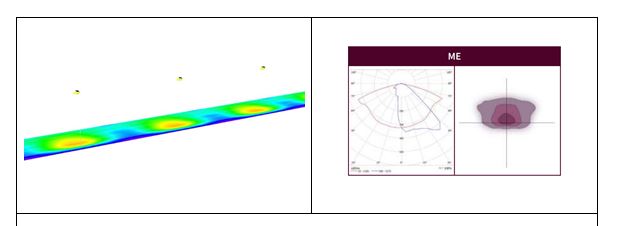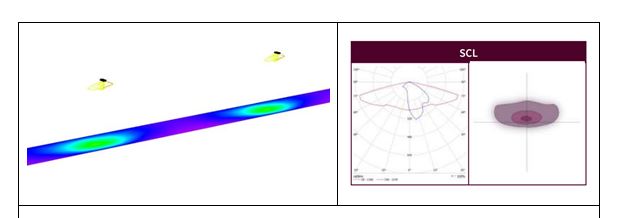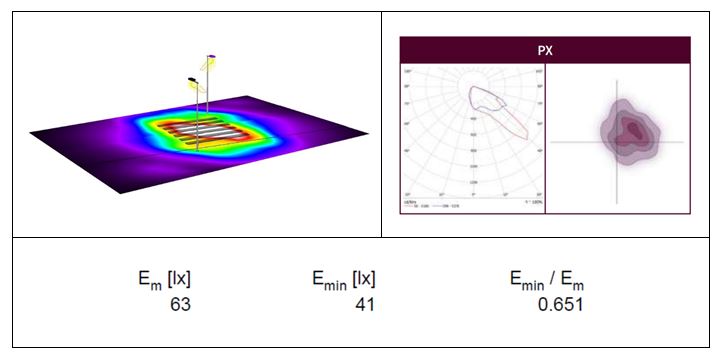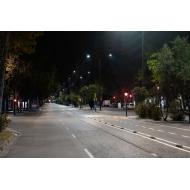There are more than 300 million street lighting luminaires installed worldwide and the majority continue to be conventional technology (steam mercury, sodium and metal halide lamps). However, thanks to the technical and economic advantages offered by LED technology, massive changes are taking place in the lighting stock.
These changes are mainly due to the reduction in consumption and the improved energy efficiency of the installation. However, it must always be remembered that the aim of good street lighting is to provide good visibility to guarantee the safety of residents and road users.
The key to achieving the right level of visibility in the streets are the light distributions which are obtained by correctly selecting secondary optics for the luminaire. The aim of these optics is to direct the light produced by the LED to the point in the road where it is needed, avoiding those areas that do not require illumination (the sky, buildings…). This results in a good level of uniformity, as it improves the control over the beam of light towards the desired point, has low glare, reduces light pollution and results in a notable saving in energy.
The diversity of the types of existing roadways and the standards applicable to each one results in the need to have optics with numerous different photometric distributions to respond to any outdoor application. In this regard, it is important to stress that the optical components in LED lighting play a crucial role for the overall success of the lighting fixture. This is because the luminaire itself is responsible for controlling and distributing the light emitted by the lighting system.
From the extensive range of optics and light distributions, we will examine three main examples: M1 street lighting for roadways; P1 street lighting for pedestrian walkways; and, lastly, street lighting for pedestrian crossings.
M1 street lighting for roadways:
The M1 class of street lighting is the most demanding of all the M classes as reflected in the EN13201 standard as regards roadways, urban and residential roads, on which driving speeds are moderate to high.
A special optic must be used to address the lighting of a roadway with the M classification. As part of its portfolio of light distributions offered for roadway lighting fixtures, ELT offers the ME, which meets all the requirements as illustrated by the following light study.

P1 street lighting for pedestrian walkways:
The most recent update of the EN13201 standard included P class street lighting for pedestrians and cyclists for pavements, cycle lanes, escape routes and other roadways.
When analysing a pedestrian walkway classified as P1, the SCL light distribution is the optimal option to comply with all requirements.

Street lighting for pedestrian crossings:
According to a study from the Mapfre Foundation, 40% of knock-downs take place on pedestrian crossings, hence the importance of properly illuminating them to achieve maximum safety levels for residents and road users.
In street lighting for pedestrian crossings, the minimum illuminance of reference on the vertical axis is 40 lux, with a G2 glare restriction in the direction of the traffic flow and G3 in the direction of the pedestrian.
To comply with these highly demanding requirements, ELT has selected two suitable optics: PX, which highlights pedestrian crossings for traffic coming from the right-hand side; and PXL, which highlights pedestrian crossings for traffic coming from the left-hand side.
Here is a light study of a pedestrian crossing for traffic coming from the right-hand side.

Taking into account all the above, companies that commercialise lighting fixtures must focus on the selection and validation of an extensive range of optics and photometric distributions if they want to be ready to offer solutions to any type of roadway or specific outdoor application required by the market.
Alejandro Baselga
Head of Lighting at ELT

